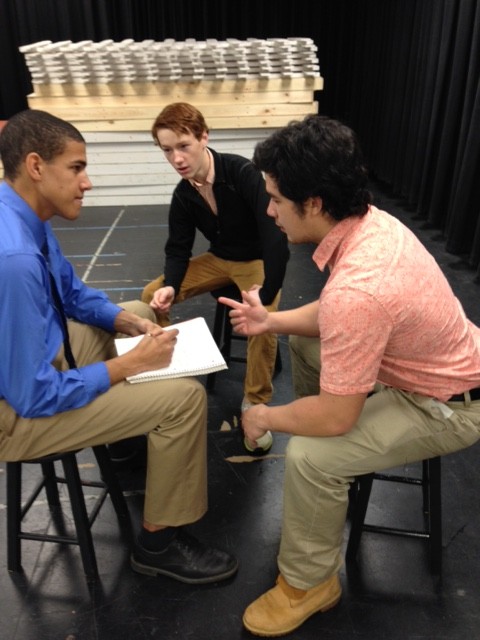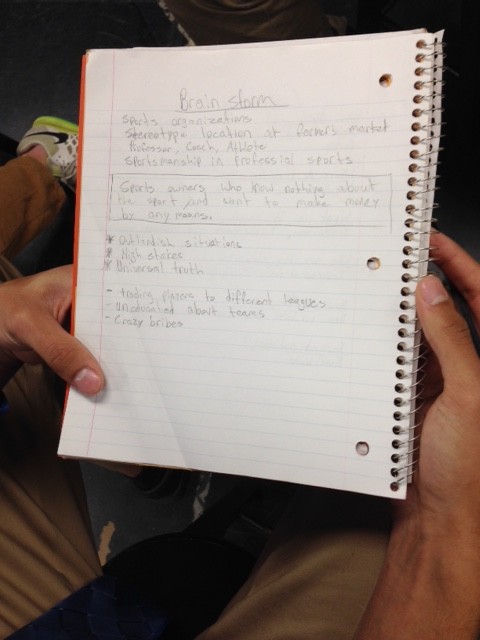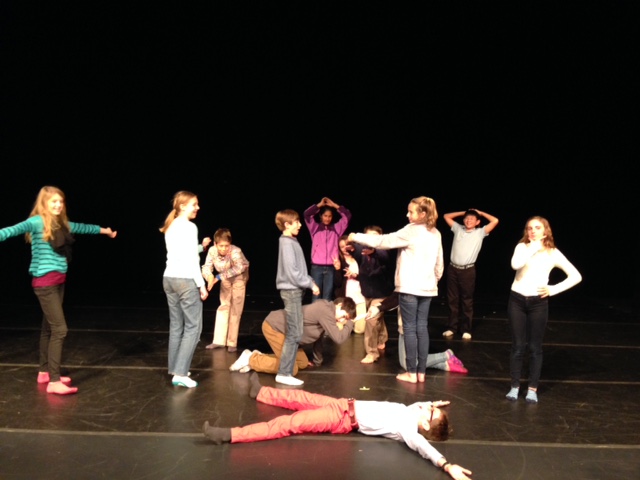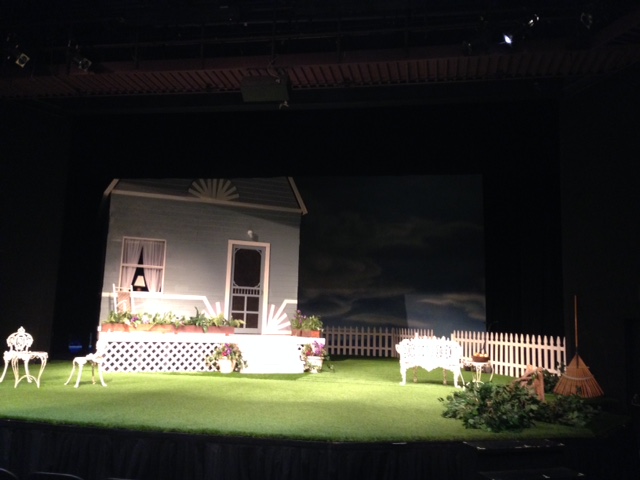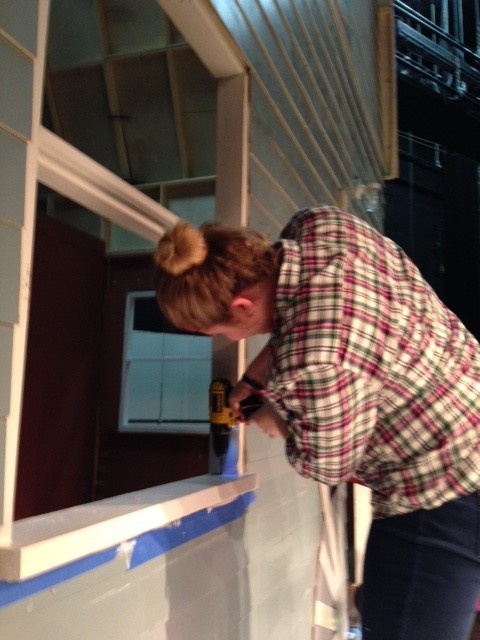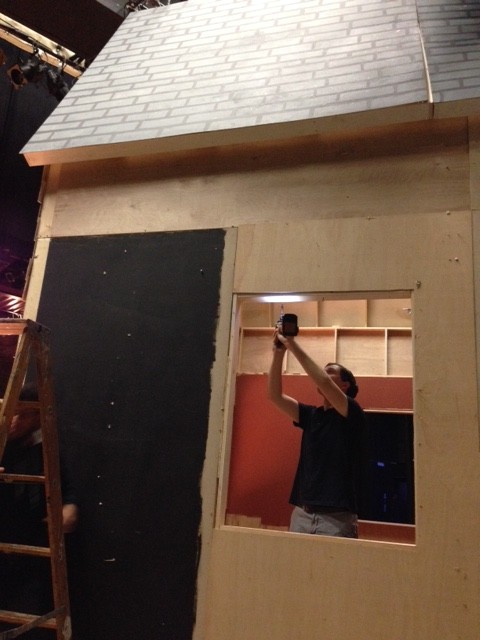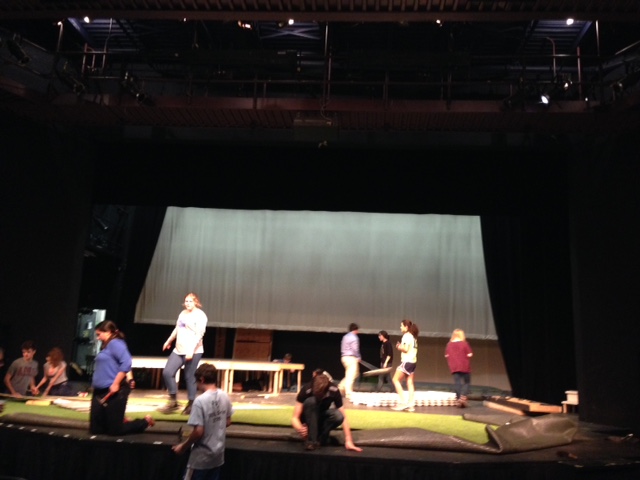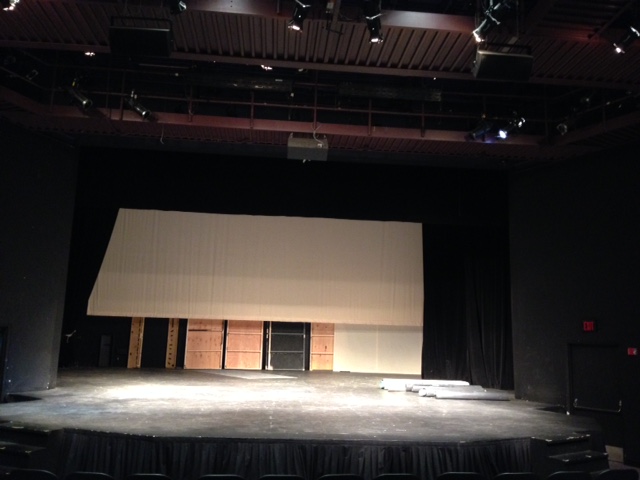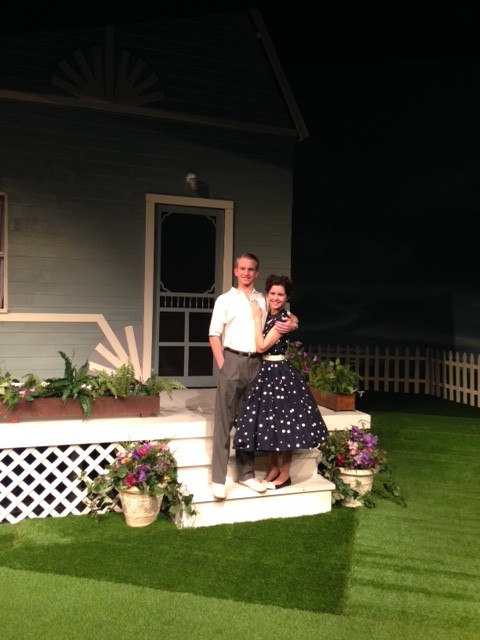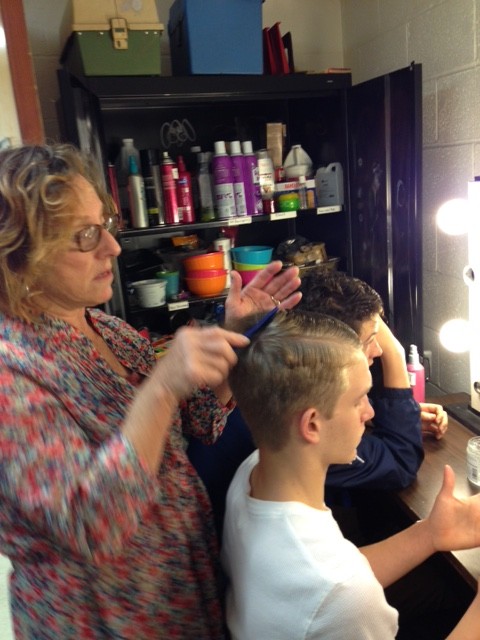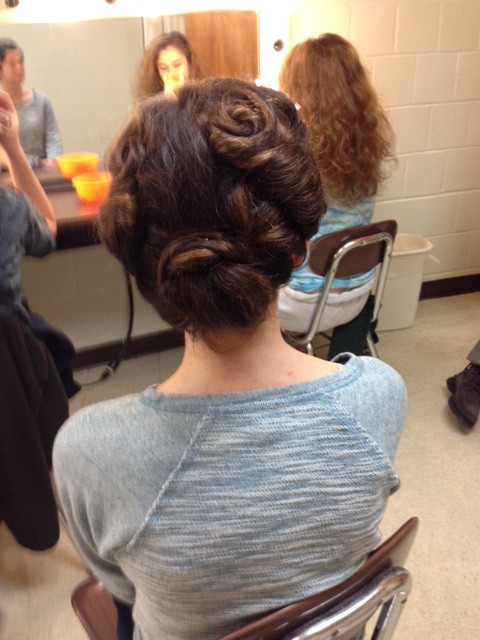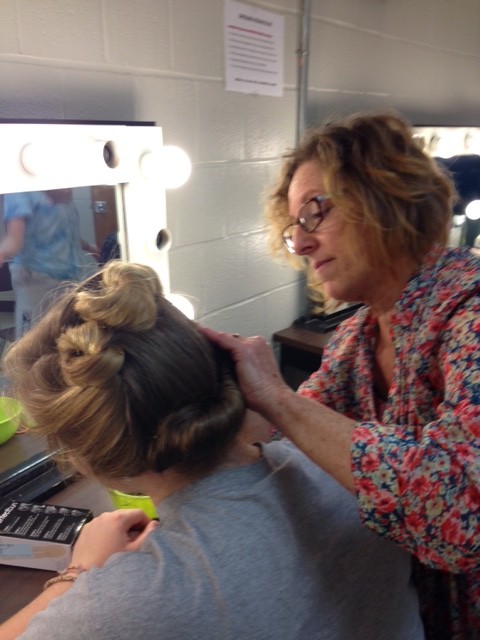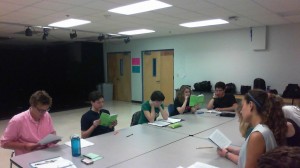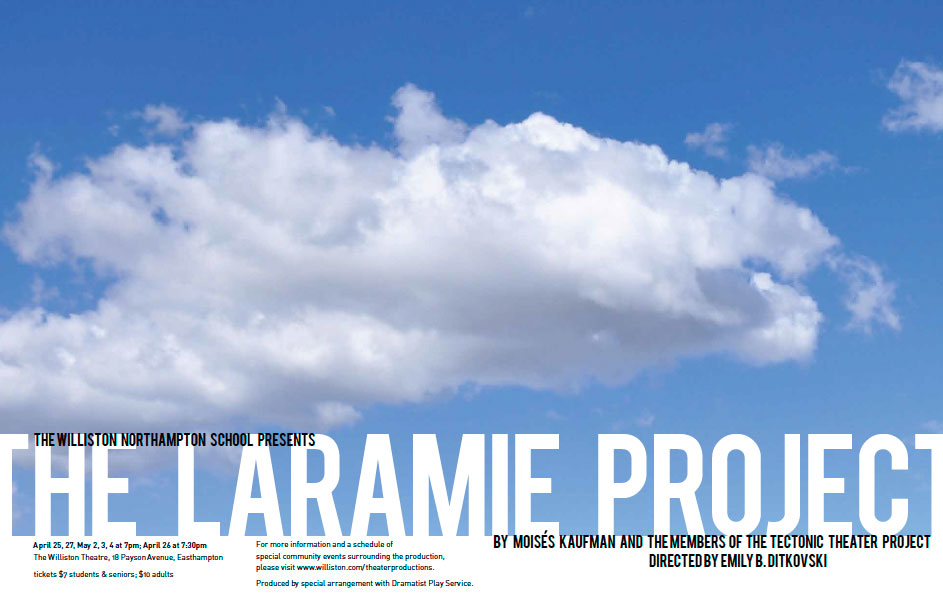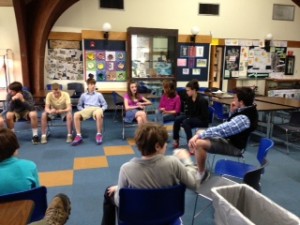All My Sons was originally produced on Broadway in 1947. People sitting in the audience were, in some way, like the characters in the play- struggling to make sense of the post-war era, readjusting to societal roles, and attempting to define new ones. Joe Keller and his wife Kate could very well have been their neighbors and Chris Keller could have been a buddy they fought in the war with. The world of Miller’s play was their world.
That was nearly 70 years ago. The world of the Kellers is as unfamiliar to a contemporary audience as the turn of the 19th century was for Generation X. Doing All My Sons in 2014 requires deep inquiry into the historical context of the play, otherwise the actors would not understand the driving forces behind the characters. It would be all too easy to simply label them good or bad. The result would be a production that dictated to the audience what to think- a dangerous trap. Miller’s work is best when there is subtlety, ambiguity, and unanswered questions. Luckily, it took very little coercing to convince Peter Gunn, Williston’s veteran US History teacher, to visit with the cast and share his expertise.
Mr. Gunn began by putting the American Identity, and by association the American Dream (a paramount theme for Miller which is front and center in All My Sons) in context of the status anxiety associated with the Puritan Ethic. Mr. Gunn continued by discussing three American Identities: the Washingtonian (focus on the civic), the Hamiltonian (focus on the economic) and the identity espoused by Emmerson and Thoreau (focus on the self). It was at this moment in the presentation that the actor’s heads began nodding vigorously as if they were figuring out which identity most impacted their character. Mr. Gunn then took us through an analyses of the American Identity through the decades of the mid 20th century- the ’20’s, ’30’s and 40’s. This was a critical exploration- our young performers began to connect their character’s lives with each decade and could see how they made an imprint on the character’s sense of self. This historical context allowed the world of the play to come to life. The characters were no longer two-dimensional, but real people connected to us through a shared American history. We ended with a lively and passionate Q&A.
After our conversation with Mr. Gunn, the actors felt much more rooted and connected to their roles. He later said, “The questions these actors asked show their desire to empathize fully with their character. In addition, they developed a deeper understanding of the historical context of the events portrayed in the play. Together a sense of empathy and an understanding of historical context will allow these dedicated artists to honor their responsibility to Arthur Miller and to produce a more vibrant and vital interpretation of this play.” I also noted after our work with Mr. Gunn that the characters’ objectives (the primary desire that drives each character) were more clear and well-defined, the actors were more confident in their body language, and their ability to connect with one another onstage was striking. In essence, they were finding the humanity in each character.
The Williston Theatre presents “All My Sons” from October 23-October 25, 2014. Read more and reserve your tickets online.
